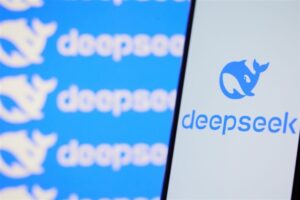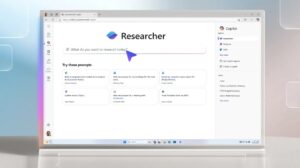Launching from Manus and MCP: An AI Agent’s Journey through Web3

Introducing Manus: A Pioneering Leap in AI Agents
What is Manus?
Manus, launched on March 6 by the Chinese startup Monica, represents a significant advancement in general AI agent technology. This groundbreaking product has gained substantial attention across technology media platforms and social networks in China. On its launch day, obtaining invitation codes became a challenge, with some selling for as much as 50,000 yuan on resale platforms. Influential figures in the tech community received invitation codes early and quickly published articles sharing their experiences with Manus.
The Capabilities of Manus
As a general AI agent, Manus performs tasks autonomously, ranging from planning to execution. For instance, it can write reports and create tables without manual input. The strength of Manus lies in its ability to think, develop ideas, and act independently. It handles complex tasks and produces comprehensive results, showcasing unparalleled versatility and execution skills. This innovation not only captivates industry insiders but also inspires new concepts and designs for future AI agents.
Understanding AI Agents
Definition and Components
AI Agents are sophisticated computer programs that autonomously make decisions and perform actions based on environmental inputs and set goals. They consist of several core components, such as:
- Large Language Model (LLM): Acts as the brain, processing information and learning from user interactions.
- Observation and Perception Mechanisms: Allow agents to sense their environment.
- Reasoning Processes: Enable analysis of inputs to determine potential actions.
- Action Execution: Represents the agent’s responses based on reasoning and observations.
- Memory and Retrieval: Stores past experiences to enhance learning.
Development Paths and Design Patterns
AI agents can be designed based on different patterns. One of the most notable is the ReAct model, which integrates reasoning and action to tackle language-based decision-making tasks. This process can be summarized in a cycle known as the TAO cycle:
- Thinking: Define the problem and identify key information needed for resolution.
- Action: Implement measures based on insights gained during the thinking phase.
- Observation: Review outcomes to determine the effectiveness of the actions taken.
Current Trends in AI Agents in Web3
The landscape for AI agents in the Web3 sector has experienced fluctuations. Since its peak popularity in January, the market value for AI agents has notably diminished, falling by over 90%. Despite this downturn, several notable projects continue to thrive:
Launch Platform Model: As exemplified by Virtuals Protocol, this framework allows users to create and monetize their own AI agents. More than 100,000 agents have been issued on this platform.
DAO Model: ElizaOS, a decentralized autonomous organization, enables users to simulate investment decisions influenced by community input.
- Commercial Model: Swarms, an enterprise-oriented framework, allows multiple AI agents to collaborate on complex business operations. Though it began in Web2, Swarms is poised to transition fully into Web3 by late 2024.
Economic Model of AI Agents
In the context of AI launch platforms, a robust economic model is essential for sustainability. For instance, Virtuals operates on a structure where creators can launch new agents by paying a fee in $VIRTUAL tokens, establishing liquidity pools to encourage further growth. This model ensures that the assets created are appealing enough to attract creators and users alike.
Exploring MCP
The Model Context Protocol (MCP) is an open-source protocol launched by Anthropic to enhance interactions between LLMs and external data sources. It facilitates the integration of resources, tools, and prompts to empower AI agents with greater capabilities. For instance, MCP can mimic a USB interface for LLMs, allowing them to access and utilize external data.
MCP in Web3 Context
Deploying MCP to blockchain networks presents innovative opportunities. It can enhance data management and facilitate decentralized interactions, addressing some of the unique challenges faced in the sector. Exploring approaches like UnifAI further illustrates how MCP can bridge gaps between on-chain and off-chain tasks in a decentralized ecosystem.
The integration of AI agents into the Web3 realm represents a complex yet promising endeavor. While there are challenges that need addressing, the potential for synergy between AI and decentralized platforms heralds a transformative future.






